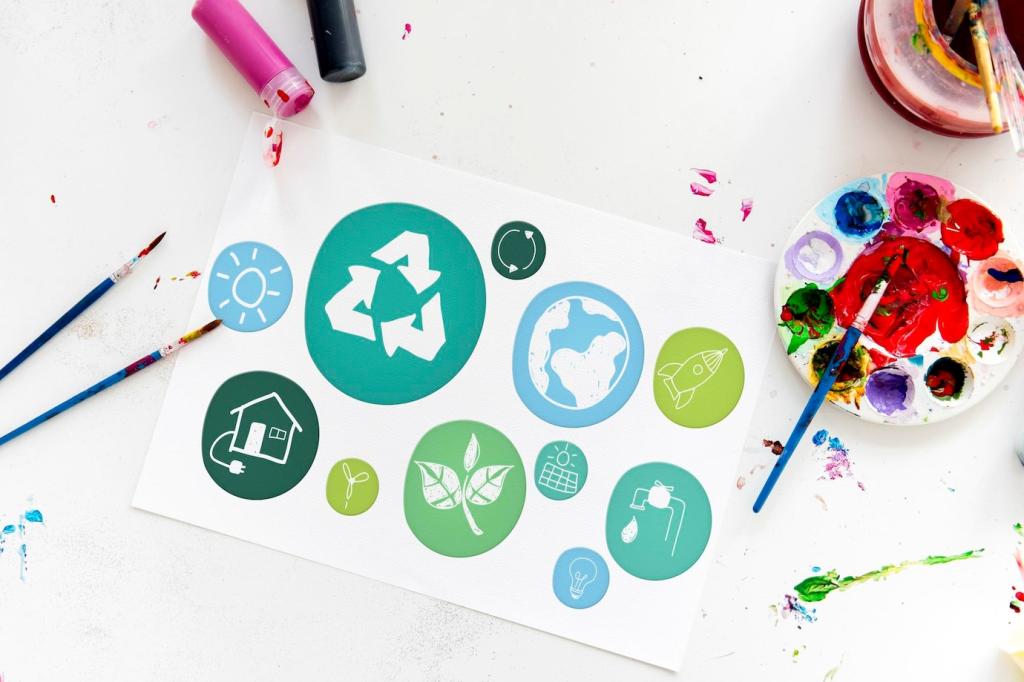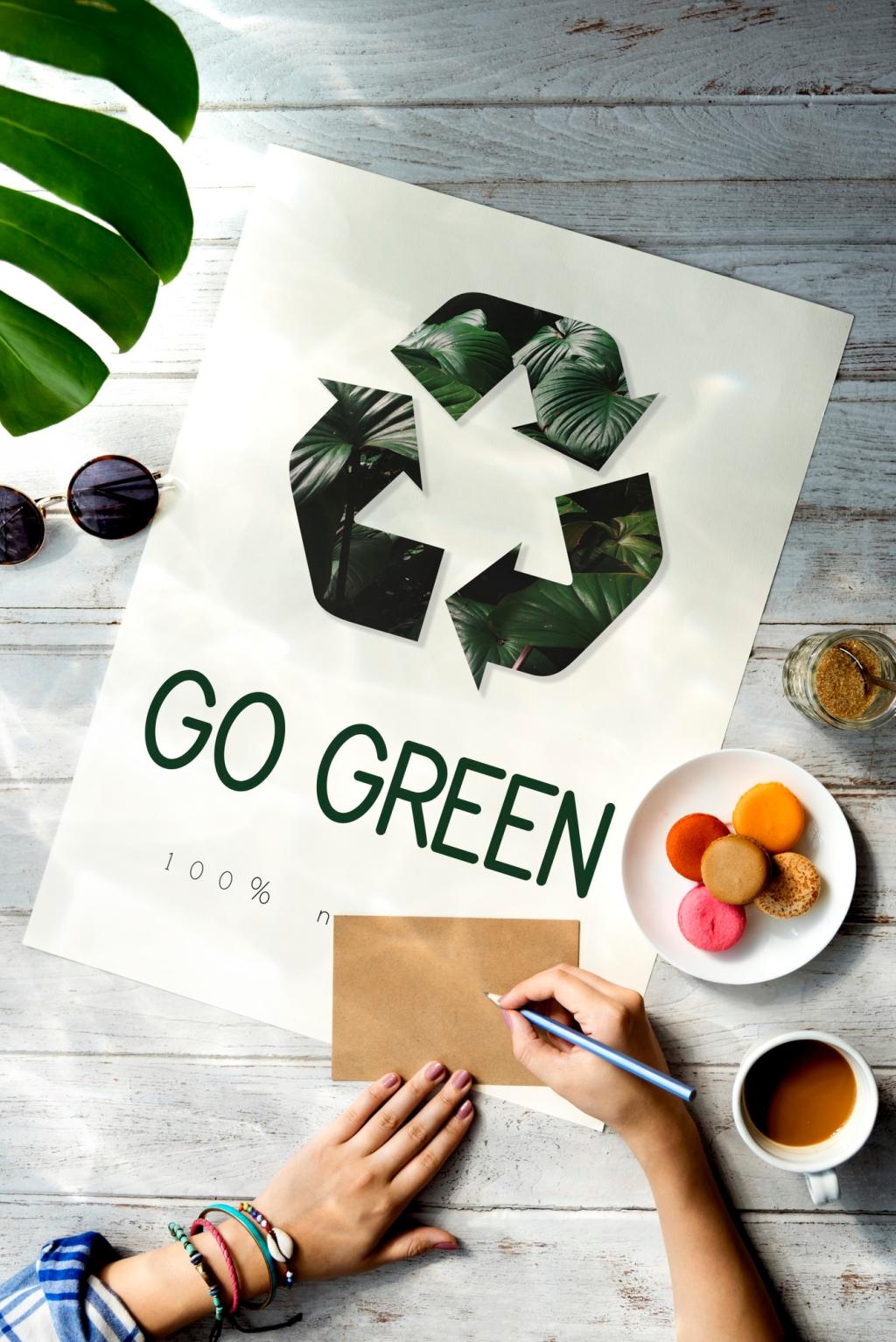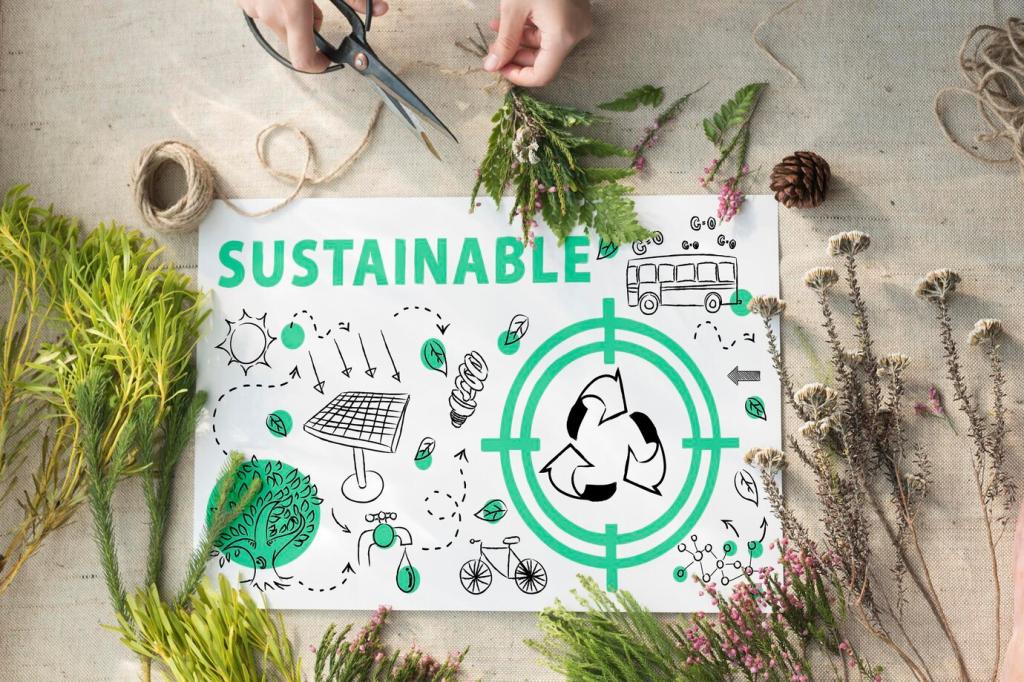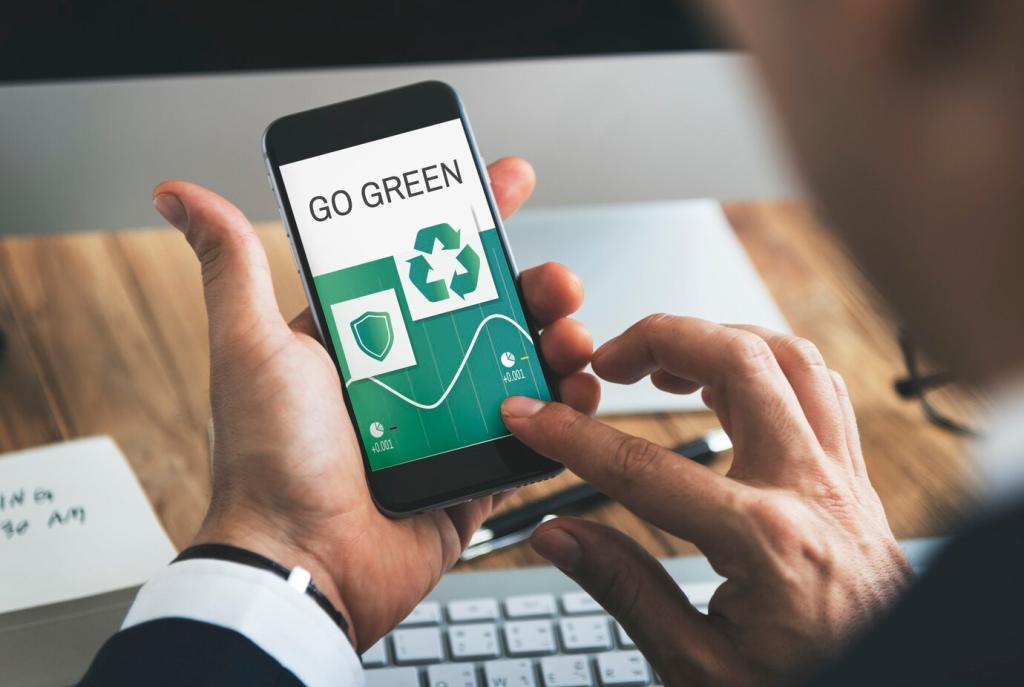Purpose-Led Positioning That Feels Real
Distill one concrete promise your brand can keep, supported by operations, sourcing, and post-purchase behaviors. Invite readers to reply with their draft promises and we will workshop them together in future posts and community Q&A sessions.
Purpose-Led Positioning That Feels Real
Align your eco-values with the real progress people seek, such as saving time, reducing waste at home, or feeling proud of daily choices. Comment with a customer job you serve; we will suggest value-aligned messages.







